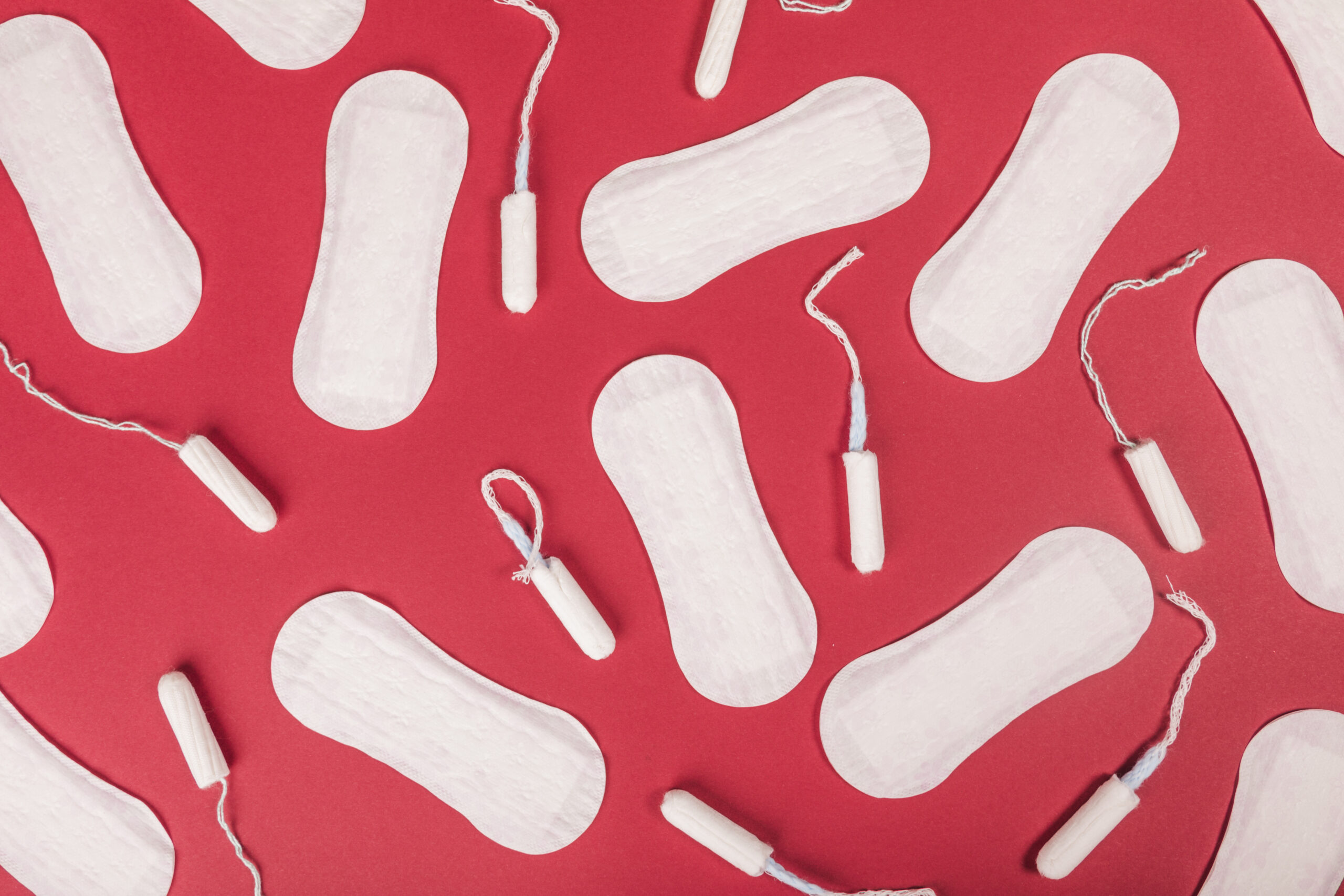
Recent studies have raised alarms over the presence of toxic metals in tampons, prompting questions about the safety of these essential hygiene products. Conducted by a team of researchers at a leading university, the study revealed that several popular tampon brands contain trace amounts of metals like lead, cadmium, and mercury. The findings have prompted health experts and consumers alike to question the potential risks associated with regular tampon use.
The study, unveiled earlier this week, examined a variety of tampon brands available on the market. Researchers discovered that these metals are present at different concentration levels, though none reportedly exceed current safety standards set by health regulators. Despite this, the presence of such metals in products directly used by millions of women worldwide has sparked significant concern.
Health experts assert that the risk posed by these trace metals remains minimal under current usage guidelines. However, they advise consumers to remain informed and vigilant. Dr. Emily Carter, a senior researcher involved in the study, emphasized the importance of transparency from manufacturers regarding product composition. She highlighted the need for further research to fully understand long-term exposure effects.
The discovery has spurred calls for regulatory reviews and heightened scrutiny of feminine hygiene products. Consumer advocacy groups have also weighed in, urging tampon manufacturers to re-evaluate their production processes and raw material sourcing to ensure maximum safety. These groups advocate for clearer labeling practices to help consumers make informed choices.
In response to these revelations, some tampon manufacturers have issued statements affirming their commitment to product safety. They assure users that all products comply with existing safety regulations and are subjected to rigorous testing before reaching consumers. Nonetheless, they welcome further discussions and research on improving product safety standards.
Featured Image by freepik





Leave a Reply